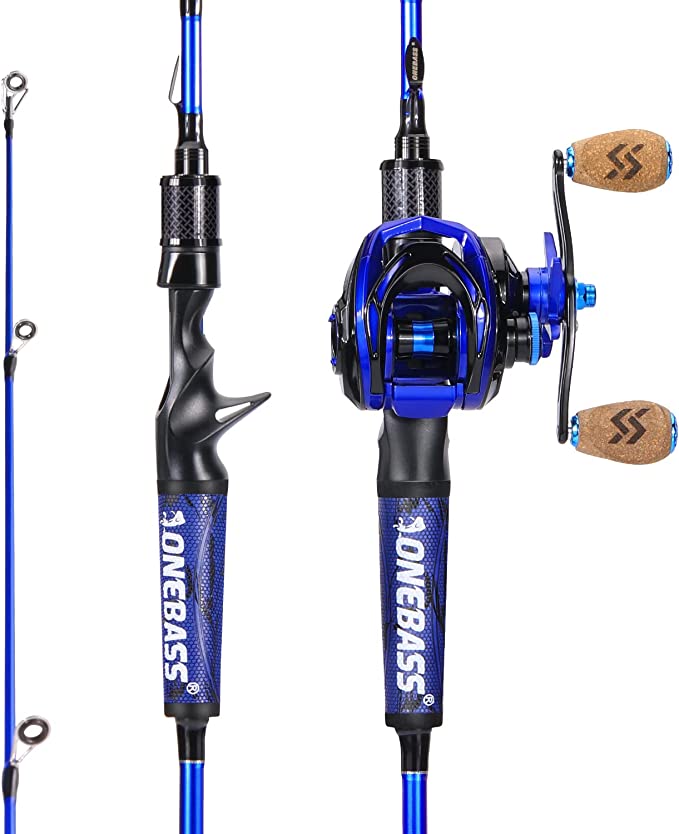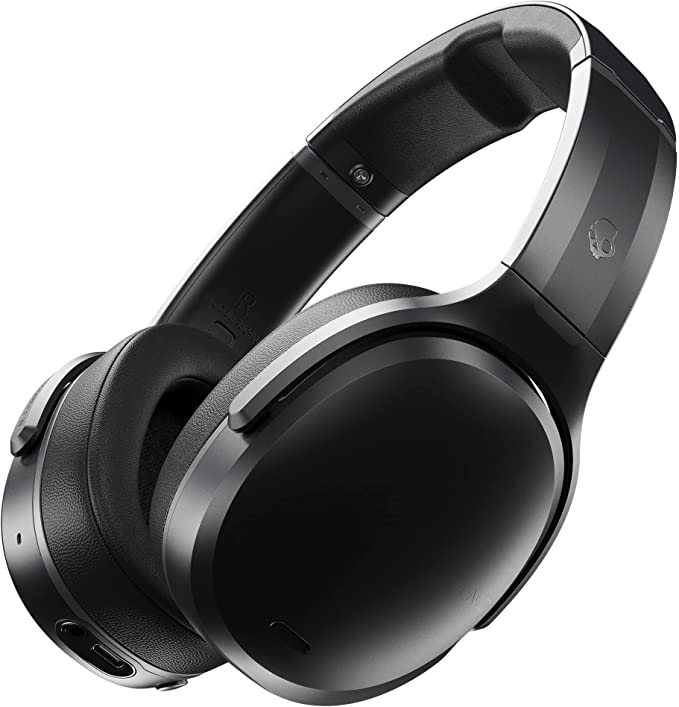OXO Brew Single Serve Pour-Over Coffee Maker: Perfect Coffee, Simplified
Update on Feb. 26, 2025, 9:34 a.m.
The Morning Ritual and the Quest for Perfection
That first cup of coffee. For many, it’s more than just a caffeine kick; it’s a daily ritual, a moment of quiet contemplation before the day’s demands take hold. But amidst the rush, the desire for a truly exceptional cup often clashes with the reality of time constraints. The art of pour-over coffee, renowned for its ability to unlock nuanced flavors, can seem a luxury reserved for weekends or leisurely mornings.

A Brief Journey: The History and Culture of Pour-Over
The pour-over method, in its essence, is beautifully simple: hot water, manually poured over ground coffee, filtered to produce a clean, aromatic brew. Its roots trace back to the early 20th century, with Melitta Bentz’s invention of the paper filter in Germany. This marked a departure from earlier methods that often left sediment in the cup. From there, the technique spread, evolving into various forms, from the classic ceramic drippers of Japan to the sleek, modern designs we see today. Pour-over has become synonymous with specialty coffee, celebrated for its ability to highlight the unique characteristics of each bean.
Delving Deep: The Science of Coffee Extraction
At its heart, brewing coffee is a scientific process – extraction. This involves dissolving the desirable soluble compounds from the roasted coffee grounds into the water. These compounds, a complex mix of acids, sugars, lipids, and melanoidins, contribute to the aroma, flavor, and body of the final cup. But achieving optimal extraction is a delicate balancing act, influenced by several critical variables.
Water Temperature.
The temperature of your water plays a starring role. Too cool, and the water won’t effectively extract the flavorful compounds, resulting in a weak, sour brew. Too hot, and you risk over-extraction, leading to bitterness. The Specialty Coffee Association (SCA) recommends a brewing temperature between 195°F and 205°F (90°C - 96°C). This range allows for the optimal dissolution of desirable compounds without scorching the coffee.
Grind Size: A Crucial Variable.
The size of your coffee grounds dictates the surface area exposed to the water. A finer grind provides more surface area, leading to faster extraction. A coarser grind offers less surface area, slowing down the process. For pour-over, a medium-fine grind, resembling coarse sand, is generally recommended. However, the ideal grind size can vary depending on the specific coffee beans and your chosen brewing device. Finding that sweet spot is key to unlocking the full potential of your coffee.
The Dance of Water and Coffee: Flow Rate and Turbulence.
Imagine a gentle stream flowing over rocks. This is analogous to the ideal water flow in pour-over coffee. A slow, steady, and controlled pour ensures even saturation of the coffee grounds. If the water rushes through too quickly (creating bypass, where water avoids the grounds) or forms channels (uneven pathways), the extraction will be uneven. Some parts of the coffee bed will be over-extracted, contributing bitterness, while others will be under-extracted, resulting in sourness. The goal is to achieve uniform saturation, allowing all the grounds to contribute equally to the final cup.
The Bloom: More Than Just Bubbles.
When hot water first meets the coffee grounds, you’ll notice a bubbling, expanding effect – the “bloom.” This is the release of carbon dioxide (CO2) gas, a byproduct of the roasting process. Freshly roasted coffee contains more CO2. Allowing the coffee to bloom for about 30 seconds before continuing the pour is crucial. This degassing process prepares the grounds for optimal extraction, allowing the water to better penetrate and dissolve the flavorful compounds. A lack of bloom can indicate stale coffee.

The OXO Brew: Engineering Simplicity
The OXO Brew Single Serve Pour-Over Coffee Maker tackles the challenges of manual pour-over head-on. It’s designed to automate the most skill-dependent aspect: the water flow. While traditional pour-over requires a steady hand and practiced technique to maintain a consistent pour, the OXO Brew uses a precisely engineered water tank to achieve this automatically.
Design that Decodes Complexity.
The OXO Brew consists of two main parts: the brewing cone, where you place the filter and coffee grounds, and the water tank, which sits atop the cone. The magic lies in the tank’s design. It features a carefully calibrated pattern of small holes at the bottom. These holes are strategically sized and positioned to regulate the water flow rate and distribution. This ensures that the water disperses evenly over the coffee grounds, minimizing channeling and bypass, and promoting a consistent, balanced extraction. It mimics the controlled pour of an experienced barista, but without the need for specialized skills.
Material Matters: Tritan and Polypropylene.
The OXO Brew is constructed from two primary materials: Tritan and polypropylene. Tritan, a BPA-free copolyester, is known for its durability, clarity, and resistance to heat and chemicals. It’s used for the water tank, providing a clear view of the brewing process and ensuring that no unwanted flavors leach into your coffee. Polypropylene, another BPA-free plastic, is used for the brewing cone. It’s known for its toughness, heat resistance, and lightweight nature. Both materials are dishwasher-safe, making cleanup a breeze. The choice of these materials reflects a commitment to both functionality and safety.

Head-to-Head: OXO Brew vs. The Traditional Pour-Over
| Feature | OXO Brew | Traditional Pour-Over (e.g., Hario V60) |
|---|---|---|
| Water Control | Automatic (via water tank) | Manual (requires skill and practice) |
| Consistency | High (consistent extraction) | Variable (depends on user skill) |
| Ease of Use | Very Easy | Moderate to Difficult |
| Skill Required | Minimal | High |
| Time Commitment | Low | Moderate to High |
| Control | Limited (pre-set flow rate) | High (full control over flow rate) |
| Portability | Good (compact and lightweight) | Good (depending on the dripper material) |
| Cleaning | Easy (dishwasher safe) | Moderate (requires manual rinsing) |
While the OXO Brew excels in simplicity and consistency, the traditional pour-over offers greater control to the experienced user. For those who enjoy the ritual and precision of manual brewing, the Hario V60 or similar drippers remain excellent choices. However, for those seeking a consistently delicious cup of pour-over coffee without the steep learning curve, the OXO Brew provides a compelling solution.
Brewing with the OXO Brew: A Step-by-Step Guide
- Prepare Your Filter: Place a #2 cone filter into the OXO brewing cone.
- Grind Your Coffee: Grind your favorite coffee beans to a medium-fine consistency, resembling coarse sand.
- Add Coffee Grounds: Add the ground coffee to the filter. A good starting point is a 1:16 coffee-to-water ratio (e.g., 20 grams of coffee for 320 grams, or about 11 ounces, of water).
- Position the Tank: Place the water tank securely on top of the brewing cone.
- Heat Your Water: Heat filtered water to approximately 200°F (93°C). An electric kettle with temperature control is ideal.
- Bloom (Optional but Recommended): Pour a small amount of hot water over the grounds, just enough to saturate them. Let it sit for about 30 seconds to allow the coffee to bloom.
- Fill the Tank: Pour the remaining hot water into the tank, up to the desired level (marked up to 12 ounces).
- Add the Lid: Place the lid on the tank to help maintain the water temperature.
- Wait and Enjoy: Allow the water to drain completely through the coffee grounds. This typically takes a few minutes.
- Serve and Savor: Remove the OXO Brew from your mug or carafe, and enjoy your freshly brewed pour-over coffee. The lid doubles as a drip tray.

Beyond the Brew: Cleaning and Maintenance
One of the often-overlooked aspects of coffee brewing is cleaning. The OXO Brew simplifies this too. Both the brewing cone and the water tank are dishwasher-safe, making cleanup quick and effortless. Regular cleaning is essential to prevent the buildup of coffee oils and residue, which can affect the taste of your coffee. For optimal results make sure to clean after each use.
The Future of Pour-Over: Simplicity Meets Sophistication
The OXO Brew represents a trend towards simplifying and automating aspects of specialty coffee brewing without sacrificing quality. As technology advances, we can expect to see even more innovative devices that bridge the gap between convenience and the pursuit of the perfect cup.

Conclusion
The OXO Brew Single Serve Pour-over coffee maker is a clever invention. The design is well thought out, easy to use, and easy to maintain.







































